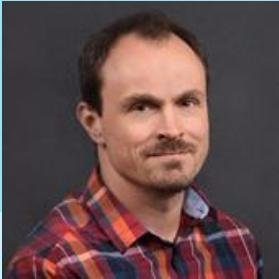Superalloys
A special issue of Materials (ISSN 1996-1944).
Deadline for manuscript submissions: closed (31 March 2013) | Viewed by 15355
Special Issue Editor
Interests: superalloys; thermomechanical fatigue; creep; oxidation; aging; material modelling
Special Issues, Collections and Topics in MDPI journals
Special Issue Information
Superalloys form an important class of materials and are typically used for aerospace propulsion, energy generation and chemical processing due to their high resistance to mechanical and chemical degradation. Superalloys are not cheap materials and must therefore demonstrate value to the customers by some other means and are therefore most often found in critical components in severe environments operating near the limits of their capability. As a consequence good knowledge about superalloys has been very important and a lot of scientific works have been dedicated to these materials. Still there are significant demands for improved high temperature materials to enable further technology advances and therefore the scientific and engineering interest for superalloys remains. This special issue focuses on advances in alloy development and processing, characterization and modelling of high temperature behaviour and the physical metallurgy of superalloys.
Dr. Johan Moverare
Guest Editor
Manuscript Submission Information
Manuscripts should be submitted online at www.mdpi.com by registering and logging in to this website. Once you are registered, click here to go to the submission form. Manuscripts can be submitted until the deadline. All submissions that pass pre-check are peer-reviewed. Accepted papers will be published continuously in the journal (as soon as accepted) and will be listed together on the special issue website. Research articles, review articles as well as short communications are invited. For planned papers, a title and short abstract (about 100 words) can be sent to the Editorial Office for announcement on this website.
Submitted manuscripts should not have been published previously, nor be under consideration for publication elsewhere (except conference proceedings papers). All manuscripts are thoroughly refereed through a single-blind peer-review process. A guide for authors and other relevant information for submission of manuscripts is available on the Instructions for Authors page. Materials is an international peer-reviewed open access semimonthly journal published by MDPI.
Please visit the Instructions for Authors page before submitting a manuscript. The Article Processing Charge (APC) for publication in this open access journal is 2600 CHF (Swiss Francs). Submitted papers should be well formatted and use good English. Authors may use MDPI's English editing service prior to publication or during author revisions.






